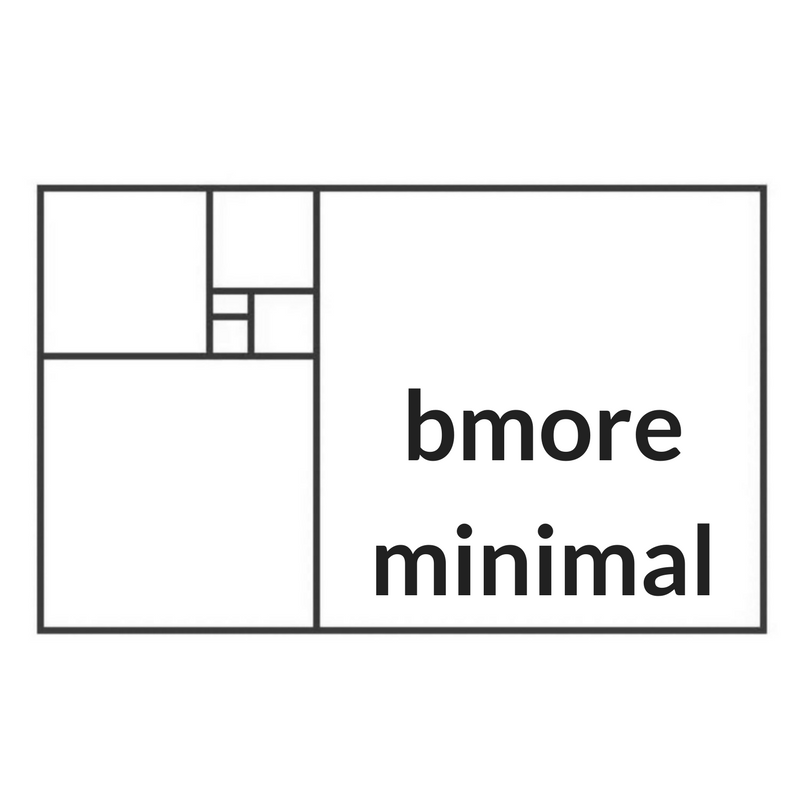When I work with clients on kitchen sessions, the first half hour is typically dedicated to tossing expired food. We often cook and eat what we remember buying most recently, relegating earlier pantry purchases to the back of a dusty shelf. This can waste food, money, and space.
An impending vacation or holiday gathering, (or a financial fast,) can be the impetus to use the food we’ve already purchased before it’s wasted.
In these days leading up to my 2-week vacation, I’m practicing what Elizabeth Willard Thames calls “Eat All The Things.” This entails using up the “backlog” of food in the house and buying groceries very judiciously if at all.
When doing the Eat All The Things challenge, I have to be thoughtful and creative in meal-planning. I take stock of the perishable produce, meat, eggs, and dairy in the fridge, for obvious reasons, but also the salmon filet and mixed veggies in the freezer, and the rice, beans, and canned goods in the pantry.
I’ll use up these reserves instead of stocking (shoving) new grocery purchases in front of them.
Salad, smoothie, or soup recipes in my regular rotation might get a novel addition. Franken-chili is a personal favorite, because pretty much any meat or vegetable tastes great when simmered in tomatoes for 10 hours. Kitchen-sink omelettes are another go-to.
Some “meals” might be more like a sliver of this, a scoop of that, a handful of these, but even the most eclectic combinations are delicious if I eat them off of small plates with a glass of wine (tapas!) or spread them out across the patio table (picnic!).
This challenge forces me to examine the food I’m buying vs. the food I’m actually using. Sometimes this disconnect is an embarrassing reflection of my spending and/or eating habits, e.g. I have a backlog of frozen veggies, but a bag of potato chips won’t last 24 hours in my home. Contending with this helps make me a more informed shopper- and hopefully a more healthful eater.
If I truly don’t care to eat a particular food item, I can bring it to the Little Free Pantry near the Canton branch of the library, or find a neighbor who’d be happy to make use of it.
When (if) I return from the beach, I’ll follow my bon de revenir routine, and plan for dinner at one of our local favorites, so I feel peaceful about returning home instead of super bummed.
Having a weird mystery stink in my kitchen would really harsh my post-vacation vibe, but a cleared out, wiped down, refreshed fridge, freezer, and pantry will make that reentry more pleasant.
